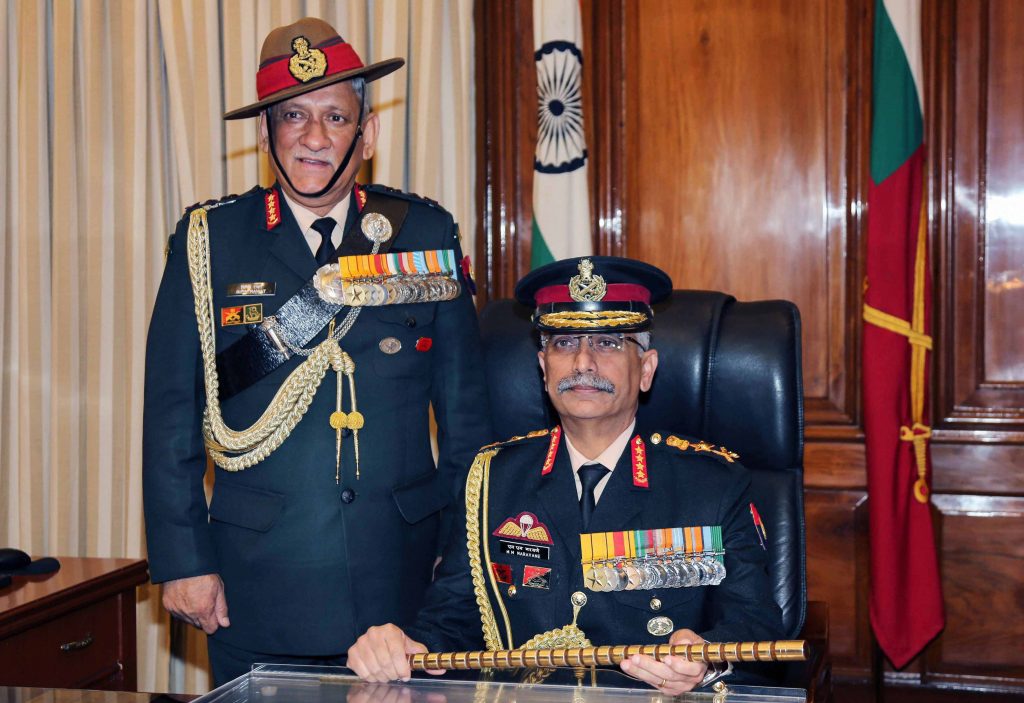Kathmandu: Indian Army Chief General Manoj Mukund Naravane arrived in Kathmandu on Wednesday on a three-day visit to the Himalayan nation at the invitation of his Nepali counterpart, General Purna Chandra Thapa.
At a time when the Nepal-India ties were at an all time low due to the boundary dispute, the visit is expected to cement the weakened relations between the two neighbours.
Security has been heightened in Kathmandu and due to the security reason, the details of Navarane’s visit, including his local accommodation, and routes for travelling to the Nepal Army headquarters, the President’s Office, and the Prime Minister’s Residence, have not been disclosed.
Ahead of his arrival, the Nepal Police rounded up some people who were supposed to protest against the Indian Army chief’s trip.
On Thursday, Naravane will receive the honorary rank of general of Nepal Army on Thursday, which will be conferred to him by President Bidhya Devi Bhandari during a function in the President’s Office, according to the Nepal Army.
Nepal and India have a historic tradition of conferring the honorary title to each other’s army chief since 1950.
He will meet Prime Minister KP Sharma Oli on Friday berfore wrapping up his visit.
Other events in his program also include paying homage at the martyr’s memorial in the Army Pavilion, receiving a guard of honour in the Army Headquarters, holding an official meeting with General Thapa and address student officers at the Army Command and Staff College in Shivapuri near Kathmandu.
A day ahead of his visit, Naravane issued a statement on Tuesday saying that he was delighted for his upcoming trip.
“I am sure that this visit will go a long way in strengthening the bonds and friendships that the two armies cherish,” he said.
General Naravane will be the senior-most Indian official to visit Nepal following the countries’ boundary dispute since last November after placing disputed territories in its new political map.
He however, added a twist in May after India opened a new track linking the Mansarover to Indian state of Uttarakhand.
Nepal protested the opening of the new track by India because the newly constructed road surpasses a tri-juncture between Nepal, India and China.
The Indian road surpasses across Lipulekh, that Nepal claims its own territory which it had protested earlier in 2015 during an agreement between New Delhi and Beijing.
After Nepal’s protest over the new road constructed by India followed by dispute in Kalapani area which is an unsettled boundary row since decades, General Naravane had said that it was in fact China that was creating a flashpoint between Delhi and Kathmandu.
His statement had created huge uproar in Kathmandu.
Many officials believe that Naravane’s statement was one of the major reasons behind Kathmandu’s decision to release the new map on May 20 incorporating Kalapani, Lipulekh and Limpiyadhura which is currently occupied by India.
IANS
